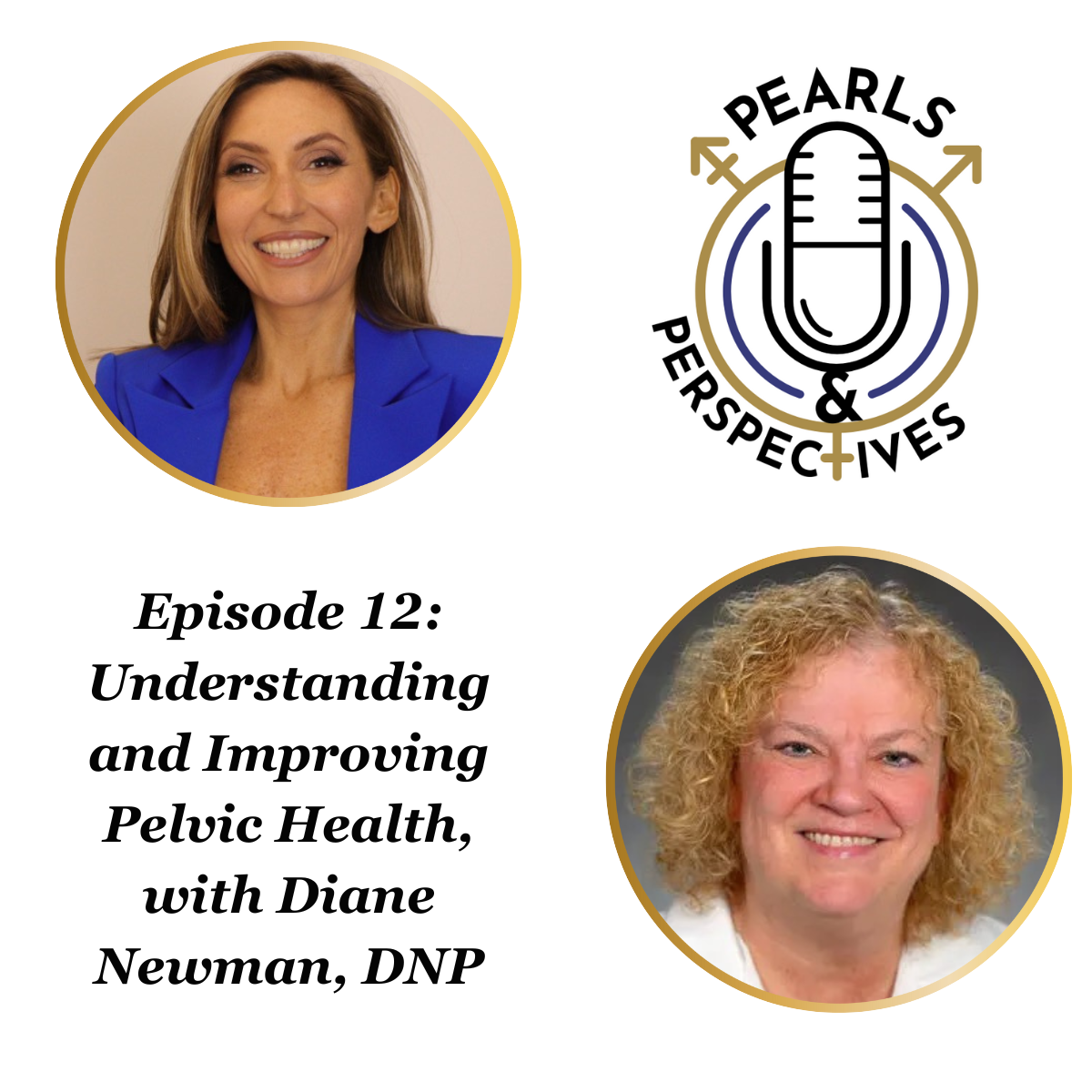Article
Clinicians are ignoring data on HRT and incontinence
Bethesda, MD-A 2005 study from the large-scale, NIH-sponsoredWomen's Health Initiative (WHI) found that not only does hormonetherapy not relieve urinary incontinence in postmenopausal women,but estrogen (when taken alone) also doubles the risk ofincontinence in women who did not have it before they startedtherapy.

It also can cause symptoms to worsen in women who already have incontinence, according to the research. Those effects persisted over a 3-year period, the authors reported (JAMA 2005; 293:935-48).
But the study's lead researcher is concerned that word is not getting out to physicians or patients and that hormone treatment is still being used as a treatment for incontinence.
Some guidelines promulgated by OB/GYN professional associations still recommend use of estrogen to treat urinary incontinence, according to Dr. Hendrix, and although the American College of Obstetricians and Gynecologists has a statement against using oral estrogen for any type of incontinence, it does not mention evaluation or management in women who develop incontinence or whose symptoms worsen on hormone therapy.
In their study, Dr. Hendrix and her colleagues noted that "a recent Cochrane review assessing the effects of estrogen use for the treatment of UI concluded that treatment consisting of estrogen alone is associated with perceived improvement or cure compared with placebo, but that larger trials were needed."
The incontinence study was part of the WHI's double-blind, placebo-controlled, randomized clinical trial of hormone therapy. It looked at results in 23,296 women who were 50 to 79 years of age and whose UI symptoms were known at baseline and at 1 year from starting therapy. Participants filled out questionnaires, and those who indicated that they had leaked even a very small amount of urine involuntarily during the last year were identified as having urinary incontinence.
Those who said they leaked urine only when they coughed, laughed, sneezed, lifted, stood up, or exercised were considered symptomatic for stress incontinence. Those women who said "yes" only to, "When I feel the need to urinate and can't get to the toilet fast enough," were classified as having urge incontinence.
Finally, women who said "yes" to both questions were identified as having mixed incontinence.
In women who did not have incontinence at baseline, hormone therapy was associated with a significantly increased incidence at 1 year in all but one group. The significantly higher relative risks ranged from 1.39 in the case of any urinary incontinence in women taking estrogen plus progestin to 2.15 for stress incontinence in women taking estrogen alone.
The only increase that was not significant was for urge incontinence in women in the estrogen-plus-progestin trial. The relative risk in these patients was 1.15.
In addition, in women with any type of urinary incontinence at baseline, hormone therapy was associated with worsened symptoms at 1 year. The amount of leakage increased, and women who used hormone therapy were more likely to report their urinary incontinence limited their daily activities and increased bother and disturbance.
WHI findings resisted
In an interview with Urology Times, Dr. Hendrix said that the urologists she knows "are resistant to the information. They surprised me so much because you would figure urologists would not be wedded to hormones. They just don't believe it."
She said some urologists prescribe topical, rather than oral estrogen for incontinence in postmenopausal women and that some feel that because the WHI data were gathered on oral hormonal treatment, the same detrimental effect might not be true for topical treatment.
Although no data have been reported on topical treatment alone, Dr. Hendrix said there is "no good evidence to show that it is going to be beneficial to treat incontinence."
Newsletter
Stay current with the latest urology news and practice-changing insights — sign up now for the essential updates every urologist needs.
















